Mexico City is one of the most exciting cities in the world — a place where ancient civilizations, colonial history, cutting-edge culture, and vibrant LGBTQ+ life all collide. Four days is just enough time to experience the city’s highlights and still uncover some hidden gems. Here’s how to make the most of it.
Table of Contents
ToggleDay 1 – Centro Histórico: History, Culture & Nightlife
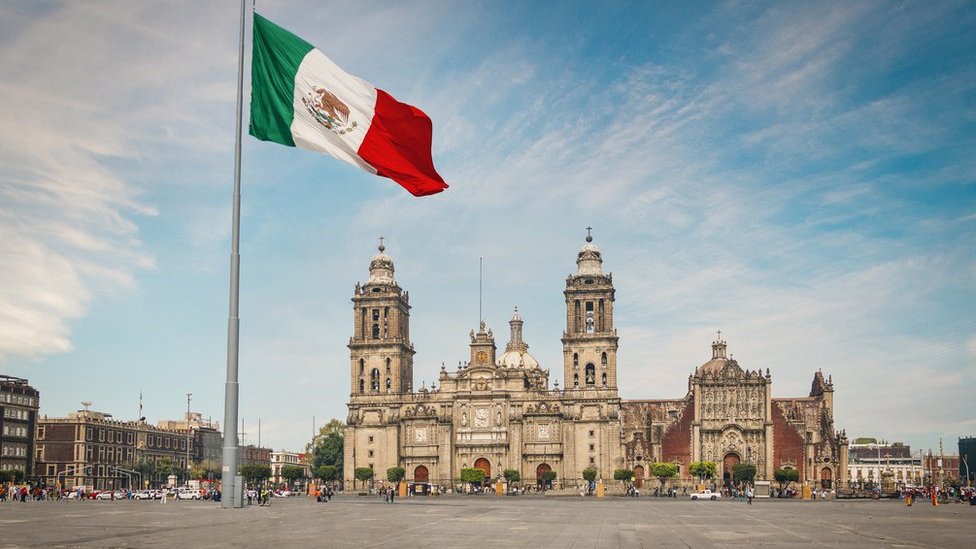
Morning & Afternoon: Spend the afternoon exploring the historic center of Mexico City. The city is very flat and the attractions in Centro are in a fairly compact area making walking ideal to see them.
- Zócalo (Plaza de la Constitución) – The symbolic heart of Mexico City, this massive square is surrounded by historic buildings and often hosts cultural events, festivals, and political rallies.
- Metropolitan Cathedral – An impressive mix of architectural styles and the largest cathedral in Latin America, built over the ruins of an Aztec temple.
- Templo Mayor – The excavated remains of the Aztec capital’s main temple, offering a fascinating glimpse into pre-Hispanic Mexico.
- Palacio Nacional – Home to Diego Rivera’s monumental murals depicting the country’s history, revolution, and identity.
- Alameda Central & Palacio de Bellas Artes – Stroll Mexico City’s oldest park before visiting this spectacular art nouveau palace, known for its murals, concerts, and exhibitions.
- Gran Hotel Ciudad de México – A historic hotel overlooking the Zócalo, famous for its stunning art nouveau stained-glass ceiling, elegant architecture, and old-world charm.
- Casa de los Azulejos – A striking 18th-century palace covered in blue-and-white Talavera tiles, this historic building is one of Mexico City’s most photographed landmarks.
Lunch: La Azotea (Beautiful rooftop), La Casa de las Sirenas (Mexican, amazing views of the Cathedral)
Sweet treats after lunch: One of the oldest candy shops in Centro, Mexico City is Dulcería de Celaya, founded in 1874. It’s known for its elegant, old-world décor and long tradition of making and selling traditional Mexican sweets. Pastelería Ideal – A beloved historic bakery in Mexico City’s Centro Histórico, famous for its towering displays of cakes, pastries, and traditional Mexican sweets that locals have enjoyed for over a century.
Evening: After a full day of sightseeing, head to Juarez & Zona Rosa for Dinner and a night out.
Dinner Options in Juarez: Masala y Maiz (eclectic/modern Mexican), Havre 77 (lively French bistro).
Entertainment Top picks include Kinky Bar (high-energy dancing), and Nicho Bears & Bar (casual laid back spot).
While in the Zona Rosa, check out the Angel of Independence – A powerful symbol of Mexican identity and a major LGBTQ+ landmark, often the starting point for Pride marches.
Day 2 – Coyoacán: Frida Kahlo, Art & Culture
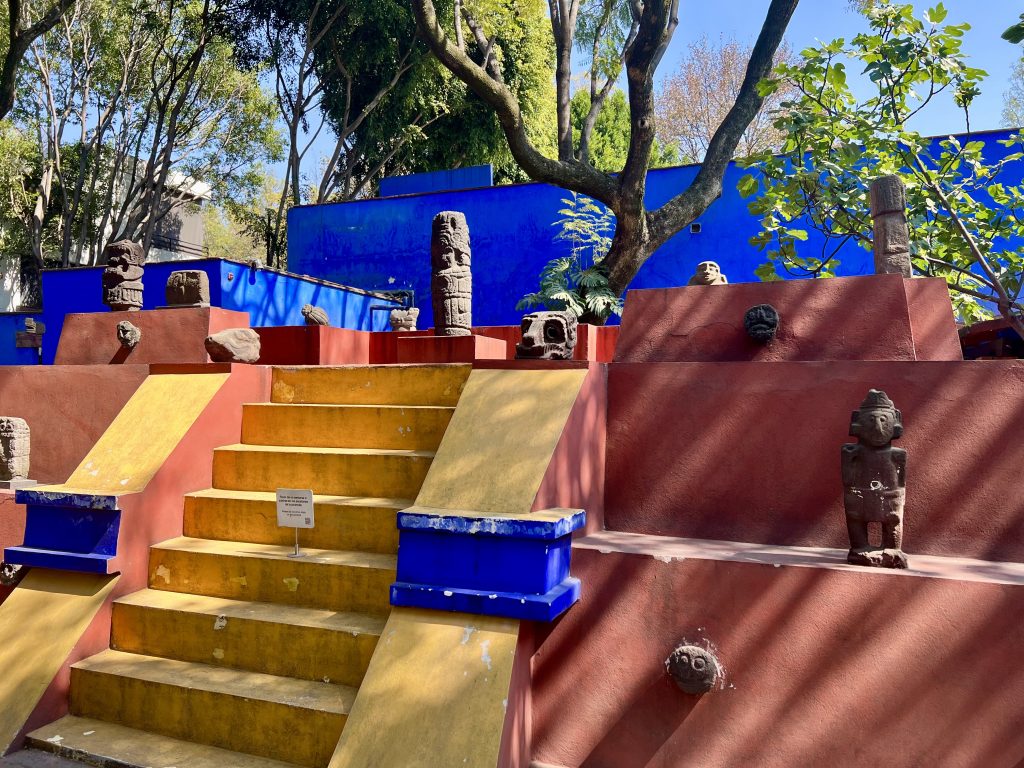
Morning / Afternoon: Head to Coyoacan for the day, easiest way to get there is via taxi or uber. It is about a 20 – 30 minute drive.
- Frida Kahlo Museum (Casa Azul) – Step inside the vibrant home where the iconic artist lived and created. Her art, deeply personal and political, explores themes of identity, gender, and sexuality. Buy tickets in advance, this is a very popular spot and sometimes tickets sell out weeks in advance,
- Jardín Centenario & Plaza Hidalgo – Lush plazas surrounded by cafés, fountains, and colonial architecture — perfect for people-watching and soaking up the neighborhood vibe.
- Coyoacán Market – A local favorite for traditional snacks like tostadas and aguas frescas, plus colorful crafts and souvenirs. Great place to have lunch.
- Leon Trotsky Museum – The former home (and assassination site) of the Russian revolutionary, offering insight into his time in Mexico and friendship with Kahlo and Rivera.
- Museo Anahuacalli – A striking museum built by Diego Rivera to house his vast collection of pre-Hispanic artifacts.
Evening: Head back toward the center and enjoy an evening in Roma, one of Mexico City’s most LGBTQ-inclusive neighborhoods.
Check out some of CDMX’s top bars: Sip creative cocktails at Licorería Limantour, Brujas (queer-owned & all female run)
Dinner Options in Roma: Contramar (seafood), Fonda Fina (Elevated Mexican), Taqueria Orinoco (great northern style tacos)
Entertainment: Tom’s Bar (strippers & Cruising), Revuelta Queer House (edgy, artistic, and unapologetically queer with great Contra mar
Day 3 – Teotihuacán: Ancient Wonders & Living History
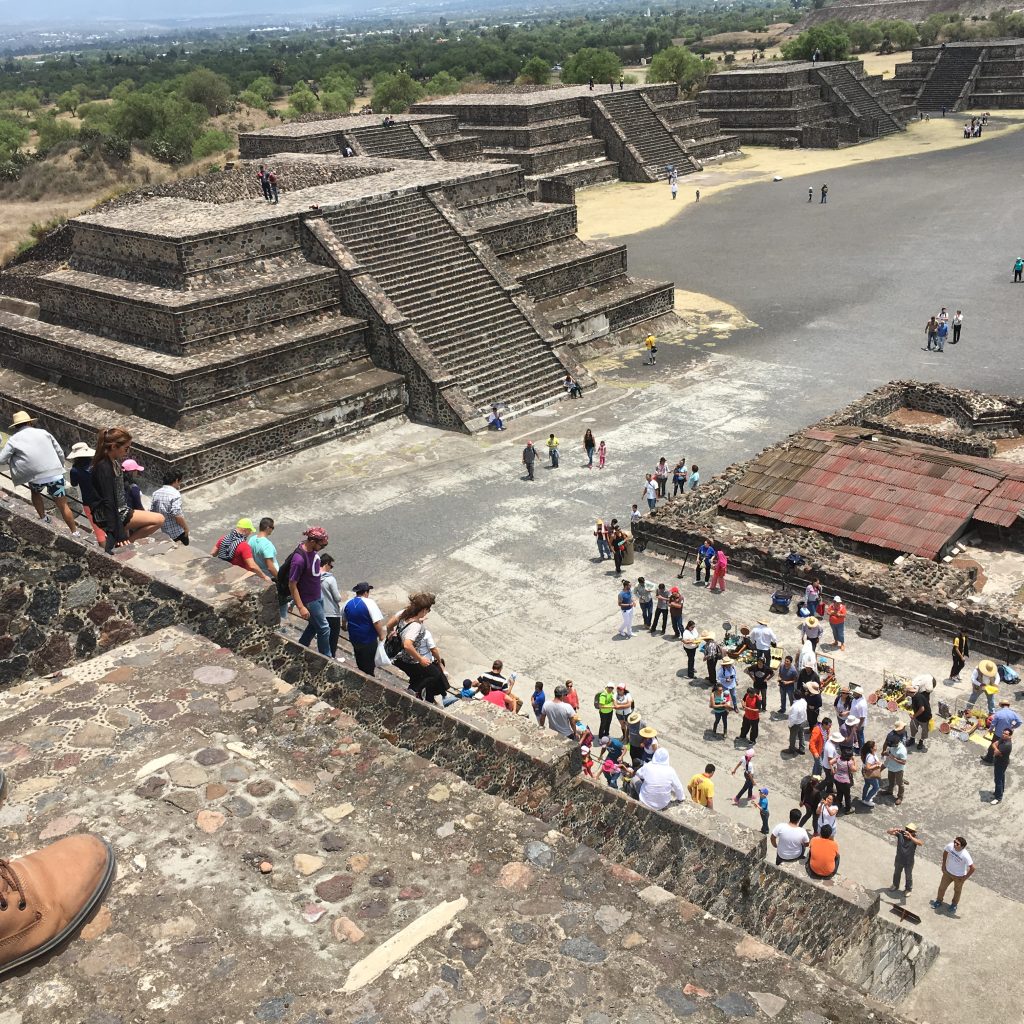
Morning: Head out early to Teotihuacán Pyramids which are about about an hour drive from the city. Best way to get there is by taxi or Uber.
Teotihuacán Pyramids – Take a day trip to explore one of the most extraordinary archaeological sites in the Americas. Climb the Pyramid of the Sun and Pyramid of the Moon for sweeping views of the ancient city, walk down the Avenue of the Dead, and visit the Temple of the Feathered Serpent.
Afternoon: After a morning of exploring the Pyramids, head to Polanco for lunch, shopping then Museums.
Lunch Options in Polanco: Bulla Polanco (Spanish), Bandido (Eclectic with lush outdoor seating)
Shopping: Polanco is one of the best high end shopping destinations in Mexico. A couple of my favorite shops to check out. Ikal (fantastic Mexican designed clothes for men & women), Onora (amazing home decorations with traditional and contemporary Mexican design).
Afterward, take a short walk to Museo Nacional de Antropología – One of the most important museums in Latin America, this world-class collection traces Mexico’s rich pre-Hispanic history through artifacts from ancient civilizations like the Aztec, Maya, and Olmec. Don’t miss the iconic Aztec Sun Stone and the stunning exhibits dedicated to indigenous cultures.
Then head near by, to the Museo de Arte Moderno (MAM) – MAM is home to one of Mexico’s best collections of modern art, featuring works by Frida Kahlo, Rufino Tamayo, and Remedios Varo.
Evening: Spend a relaxing evening in the city with great dining and some sauna fun.
Dinner options: Huset (global menu, outdoor dining), Lardo (Mexican / Mediterranean fusion)
Entertainment: SoDoMe Bathhouse: One of the most popular and well-known gay saunas in Mexico City, Sodome is a modern bathhouse featuring a steam room, sauna, private cabins, and a dark room for those looking to explore.
Day 4 – Roma & Condesa: Parks, Cafés & Local Life
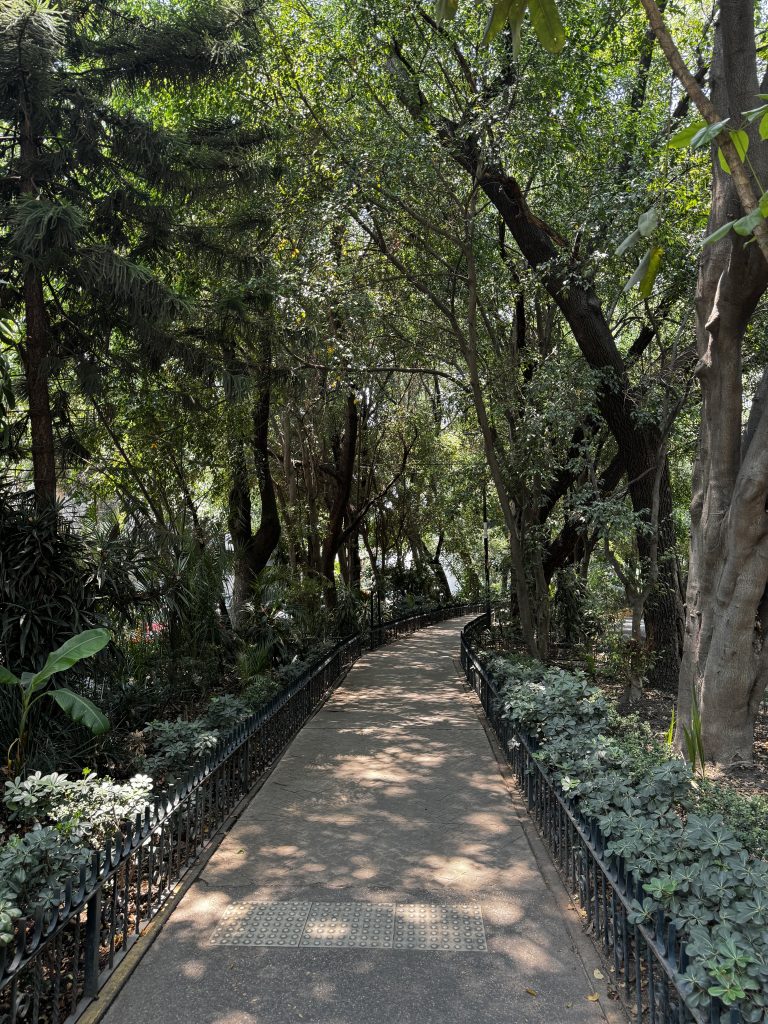
Morning: Spend a relaxing day with Brunch, lunch and shopping.
Start the day off with Brunch.: Cuina (beautiful space with great breakfast options), Mendl Delicatessen (outstanding Jewish delicatessen)
Explore Parque México & Parque España – Two of Mexico City’s most beloved green spaces, perfect for a morning stroll or coffee break amid lush gardens and art deco architecture.
For Lunch, head to Mercado Roma – A gourmet food hall showcasing local chefs, craft beer, artisanal sweets, and mezcal tastings.
Roma & Condesa and chock full of amazing shops carrying an array of Mexican design. Explore boutique shops and design studios featuring Mexican fashion, art, and home décor — many of them LGBTQ+-owned or run. Some of my favorites:
- 180 degrees Shop (local design, retro clothes that cater to modern tastes.
- Amor & Rosas (contemporary fashion with beautiful Mexican hand embroidery)
- Originario (Mexican designed home accessories)
Dinner options in Condesa: Esquina Comun (Mexican Fusion, Michelin starred), Botanico (eclectic, seafood, outdoor dining)
Evening Entertainment: Hit up Baby for a house-music dance floor, Soberbia for queer performance art, or El Almacén for a more relaxed crowd.
Gay-Friendly Places to Stay in Mexico City
This historic hotel is in the heart of the gay district and offers stylish rooms, great service, and easy access to the city’s best gay bars and clubs.
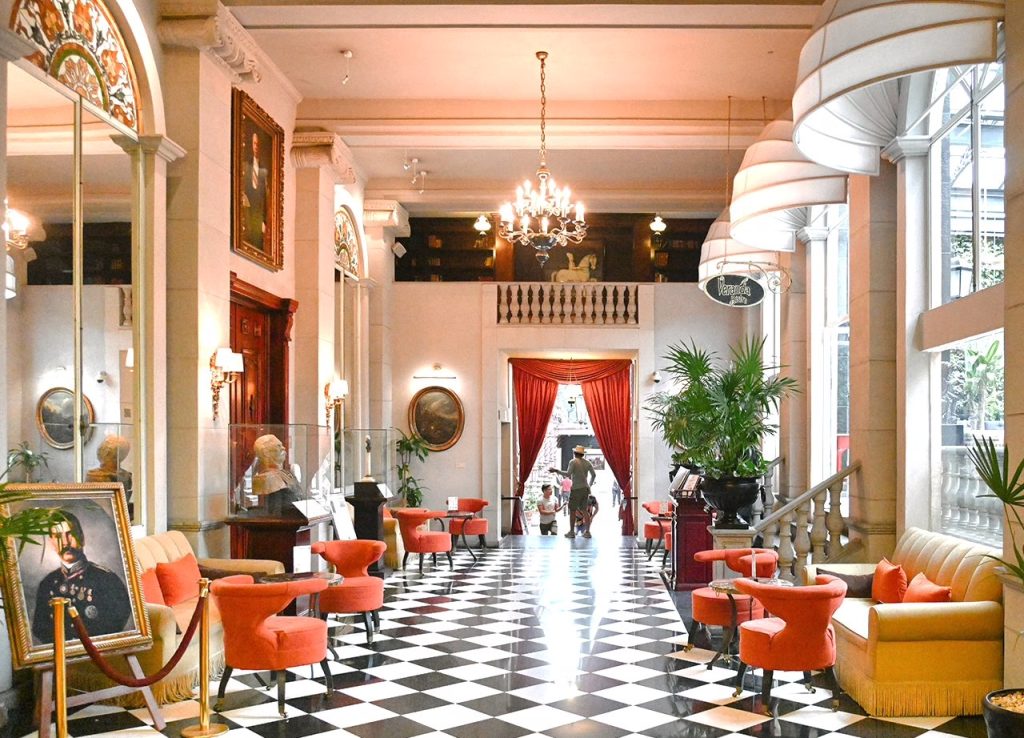
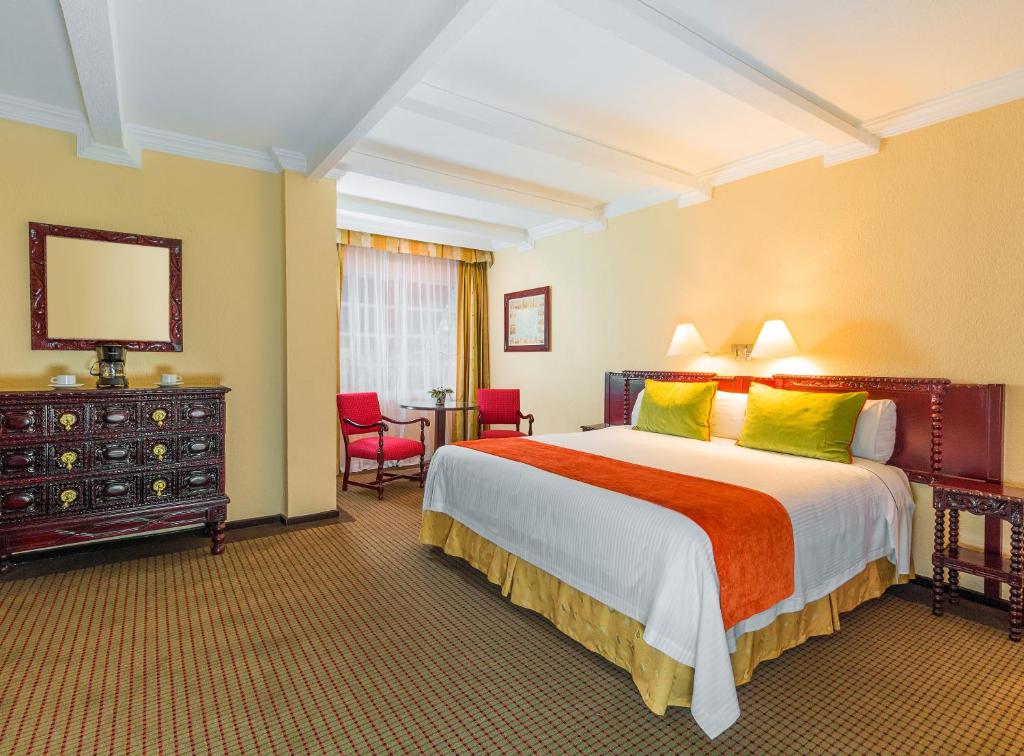
Tucked away in the artsy Roma Norte, this adults-only spot is like your chic home away from home—perfect for after a night out or just relaxing with a coffee in hand.
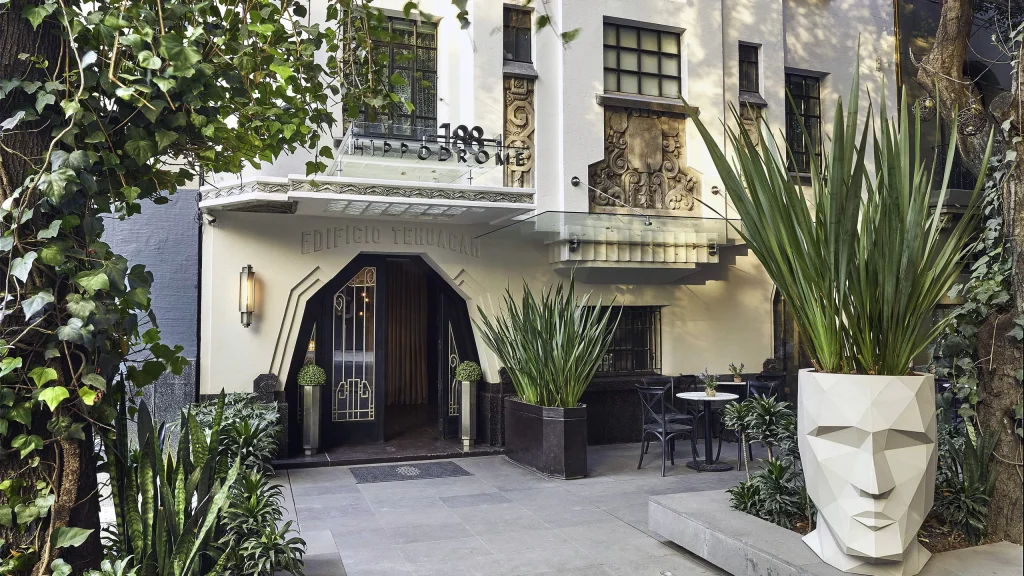
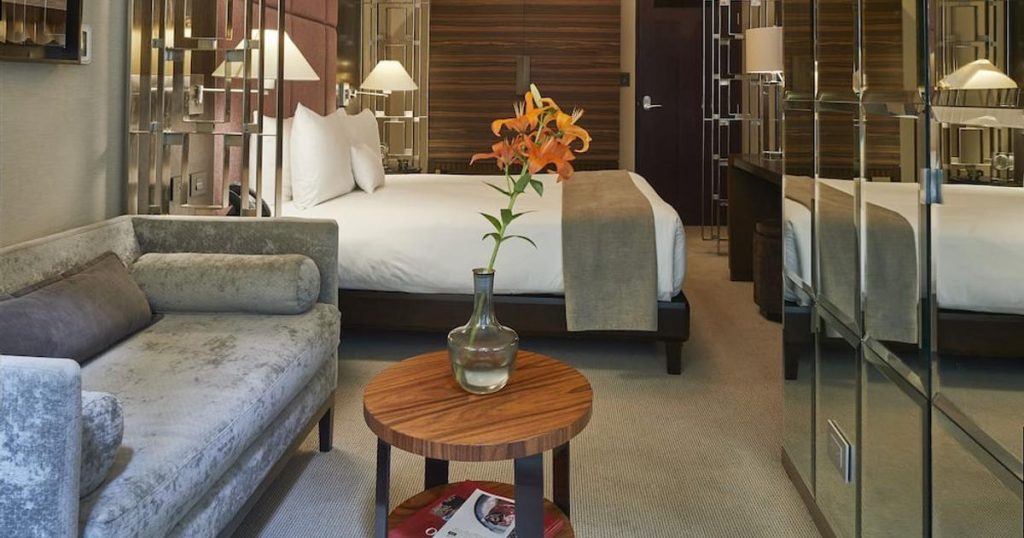
This polished B&B in Condesa is gay owned and welcoming. Warm and friendly staff with cozy accommodations.
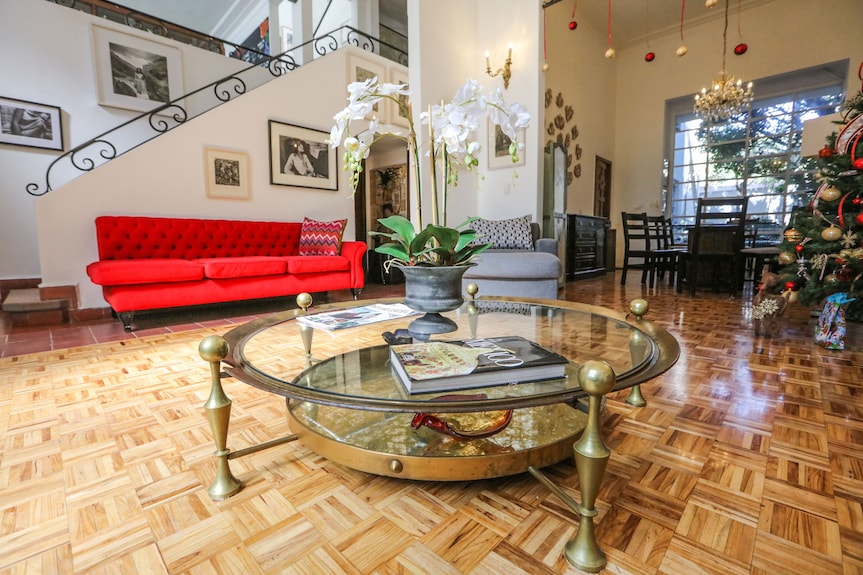
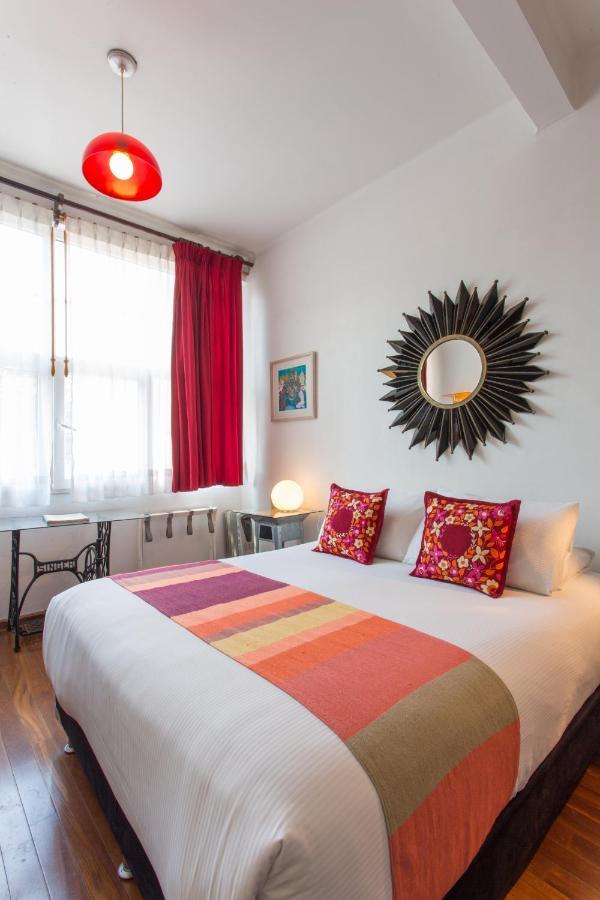
FAQS
Is Mexico City safe for LGBTQ+ travelers?
Yes, Mexico City is one of the most LGBTQ+-friendly cities in Latin America, with legal protections and a vibrant queer scene. As with any large city, stay aware of your surroundings and take standard safety precautions, especially at night.
What’s the best time of year to visit Mexico City?
The best time to visit is during spring (March–May) or fall (October–November) when the weather is mild and ideal for sightseeing. If you want to experience Pride, plan your trip for June when the city hosts one of the largest parades in Latin America.
How many days do I need to see Mexico City?
Four days is a great introduction — enough time to explore the historic center, Coyoacán, Teotihuacán, and the trendy Roma and Condesa neighborhoods. If you can, adding a couple more days will let you visit museums, markets, and nightlife at a slower pace.
What is the best way to get from the airport?
The easiest way to get from Mexico City Airport is take an official taxi that you prepay in the terminal. This ensures you pay a flat rate and are not surprised by the fee, they take credit cars for payment. Uber is also available at the airport which is another option. There is public transportation to / from the airport but I would not recommend if this is you first time using it.
Is it worth visiting Teotihuacán during a short trip?
Absolutely — Teotihuacán is one of Mexico’s most impressive archaeological sites and can easily be visited as a half- or full-day trip. Climbing the pyramids and exploring the ancient city is a highlight for most visitors.
What neighborhoods are best to stay in for LGBTQ+ travelers?
Roma Norte, Condesa, and Juárez are all great options thanks to their central location, safety, walkability, and abundance of queer-friendly cafés, bars, and hotels. Zona Rosa is also a classic choice if you want to be close to nightlife.
Are there LGBTQ+ tours or experiences in Mexico City?
Yes! Several companies offer queer history walking tours, drag brunches, and guided bar crawls. These experiences are a great way to learn about local LGBTQ+ culture and meet new people.
What are the must-visit museums in Mexico City?
The Museo Nacional de Antropología is a world-class institution showcasing Mexico’s pre-Hispanic civilizations. Art lovers should also visit the Museo de Arte Moderno and the Frida Kahlo Museum, both key stops in the city’s cultural landscape.
How do I get around the city?
Mexico City’s metro is extensive, affordable, and safe during the day, while Uber is reliable and widely used at night. Most of the central neighborhoods are also very walkable.
Can I use credit cards everywhere?
Credit cards are widely accepted in hotels, restaurants, and shops, but it’s a good idea to carry pesos for markets, taxis, and small purchases. Always choose to pay in pesos instead of U.S. dollars to avoid bad exchange rates.
What’s the LGBTQ+ nightlife like in Mexico City?
The city’s nightlife is legendary, with everything from drag shows and leather bars to inclusive cocktail lounges and big dance clubs. Must-visit spots include Kinky Bar, La Purísima, Baby, and Revuelta Queer House.
Conclusion
Four days in Mexico City is just the right amount of time to experience its many layers — from ancient history and colonial landmarks to cutting-edge art and vibrant LGBTQ+ culture. Whether you’re sipping mezcal in a queer-owned cocktail bar, exploring Frida Kahlo’s legacy, or dancing the night away in Zona Rosa, the city’s mix of tradition, creativity, and inclusivity makes it one of the most exciting destinations in the world. With this itinerary as your guide, you’ll see the best of CDMX — and probably start planning your return before you leave.
About the Author
Tim is a seasoned gay travel writer and the creator of Out in Mexico, a dedicated resource for gay travelers exploring Mexico’s vibrant destinations. After relocating to Guadalajara, he has spent years immersing himself in Mexico’s gay culture, from the iconic beaches of Puerto Vallarta to the nightlife of Mexico City.
With firsthand experience in Mexico’s gay scene, Tim has personally visited the bars, hotels, and events featured in this guide. His insights have helped gay travelers plan unforgettable trips while ensuring they feel safe, welcomed, and informed.
When he’s not writing, you’ll find him sipping a mezcal cocktail at a bar in Colonia Americana or travel to a new exciting destination in Mexico.
📍 Follow his adventures: @i.am.out.in.mexico
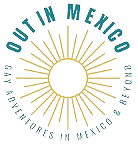

No Comments